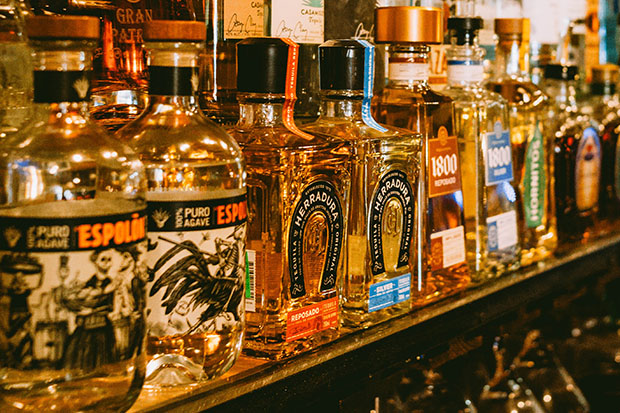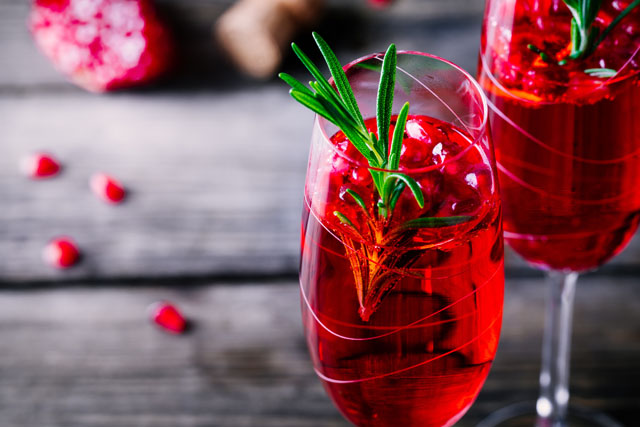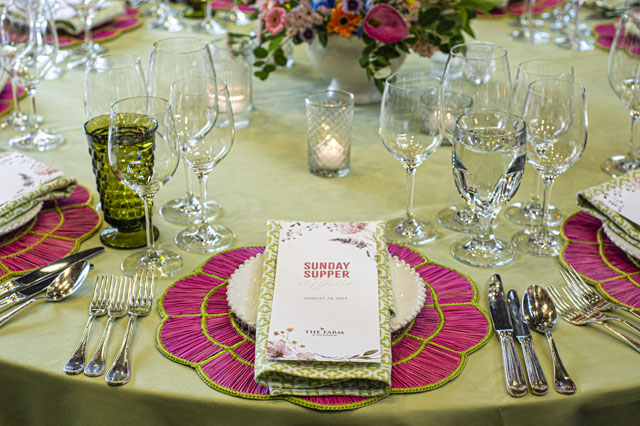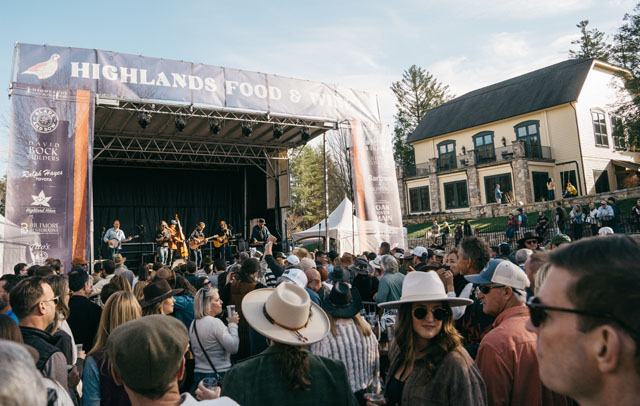Tequila Time
07 Aug 2020
Give agave a shot this summer
BY Ben Love

Maybe you’ve cottoned on to the buzz around tequila in the past few years, or maybe you’re still holding on to reservations. There are no two ways around it, though; tequila is here in a big way, and I’m here to tell you that we’re better off for it. If the impression you have of tequila is of the rot-gut swill downed in a cheap college-town bar: forget it. Ranging from bright and floral blanco varieties to velvety-smooth and honeyed ultra añejos, tequila offers something for everyone and does it with aplomb.
For the uninitiated, a quick primer first: Tequila, by law, is made from the heart of the Blue Weber agave plant and produced only within a defined region in Mexico. All tequila starts its life as a clear, bright liquor—seen bottled under labels such as ‘blanco’ or ‘silver’. It may then undergo additional aging in wooden vessels to be labeled as a ‘reposado’ (rested) or aged even further to attain the title ‘añejo’ (aged). The more time aged, if at all, the darker the resultant color of the spirit will be.
A blanco tequila tells the tale of summertime. Delightfully refreshing and without saccharine sweetness, you’ll taste flavor notes of grass, lemon, rosemary, basil, pineapple, vanilla, peppercorn, and of course, the wonderfully earthy agave itself. A blanco makes an easy addition to any mixer you may have on hand and is equally suitable to drink straight or on the rocks. A tall tequila and soda is this drinker’s absolute go-to on a hot summer day. If you need more coaxing, consider that making the switch to blanco tequila is a healthy choice! With fewer calories than even vodka, tequila is low in sugar and (at least when it comes to blancos) congeners. Those of you prone to regret should pay special attention to that last part. Congeners, as well as sugar content, in your booze are a primary factor contributing to hangovers. Pro tip: If you’re making margaritas, for the love of God and all that is holy, don’t use store-bought mix. Make your own using fresh limes and sugar; you’ll taste the difference.
In a reposado tequila, you’ll find the sharper edges have been rounded off a bit. The two months to a year in oak will have smoothed it out, brought the vanilla further to the forefront, and tamed some of the peppery notes found in a blanco. In some ways, reposado may be more approachable than its younger brother blanco, and it serves just as well for mixing most cocktails even if it is a touch sweeter. If I keep just one bottle at home, it’ll be a reposado.
Añejo tequila, being aged no less than a year in oak, is most frequently the tequila of choice for sipping neat. Drinkers of whiskey will find that the aging process of tequila has many parallels to the aging processes of whiskey, and find that they can taste and smell some of the same flavor profiles in their tequila that they can in their favorite whiskeys. That delicious vanilla you taste in your favorite bourbon? It comes largely from the oak barrels it’s aged in. Look for a good añejo, and you’ll find it there, too. In fact, a whiskey enthusiast might be the easiest to convert to tequila. The premium añejo tequilas have no less refinement or complexity than their whiskey brethren. Pour some Don Julio 1942 in your Glencairn glass and tell me I’m wrong.
Ultimately, there’s no wrong way to drink tequila. Grab a bottle or two and bring them home. Drink it neat, or add some of that La Croix you’ve got knocking around in your fridge. Squeeze a lime in it, make a margarita, whatever. Go nuts. If you’d like to sample a few you’ve never had, this drinker knows with certainty that Chile Loco in Cashiers, NC has a respectable variety. Salud!













